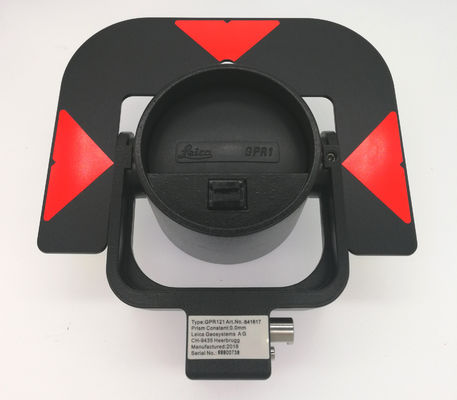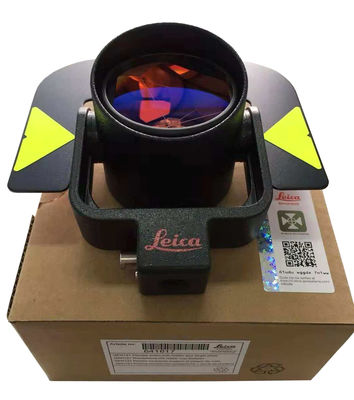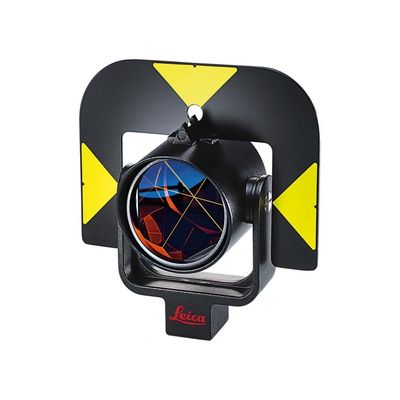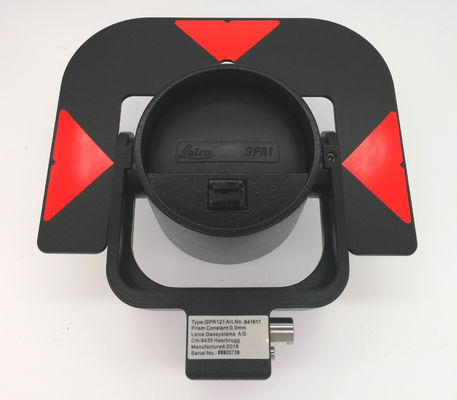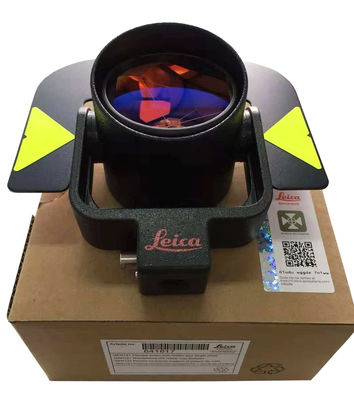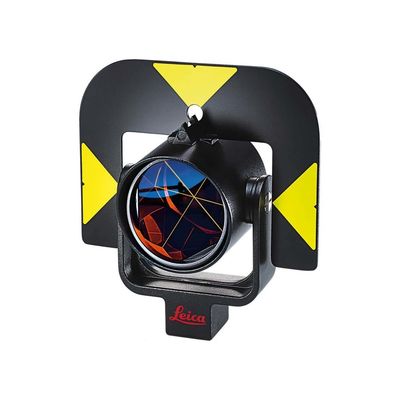-
Surveying Reflector Prism
-
Survey Mini Prism
-
360 Degree Prism
-
Total Station Prism
-
Prism Pole Bipod
-
Carbon Fibre Telescopic Pole
-
Telescopic Levelling Staff
-
Tribrach Adaptor
-
Instrument Tripods
-
Total Station Batteries
-
Total Station Battery Charger
-
Total Station Cable
-
Total Station Accessories
-
Surveying Instrument
Surveying Circular Prism Total Station Reflector GPR121 1mm Centering Accuracy

Contact me for free samples and coupons.
WhatsApp:0086 18588475571
Wechat: 0086 18588475571
Skype: sales10@aixton.com
If you have any concern, we provide 24-hour online help.
x| Holder | Metal | Constant | 0mm |
|---|---|---|---|
| Range | 3500m | Prism Accuracy | 1.0mm |
| Color | Black | Brand | Leica |
| Target Plate | Removable | Prism Type | Circular |
| Package | Box | Used For | Total Station |
| Highlight | Circular Prism Total Station Reflector,1mm Centering Total Station Reflector,GPR121 Total Station Reflector |
||
Surveying Circular Prism Reflector GPR121 1mm Centering Accuracy Leica Prism
Model: GPR121
Surveying Prism Applications
Surveying reflector prisms are used by surveyors and engineers to measure the change in position of a target that is assumed to be moving. Survey prisms are used for a wide range of monitoring applications including:
· Rail Monitoring
· Settlement Monitoring
· Displacement Monitoring
· Deformation Monitoring
· Convergence Monitoring
GPR121 Prism Features
1. Removable Target Plate
2. Metal Holder
3. 100% Original Leica brand Prism
4. Precision circular prism with anti-reflection coating, mounted in metal holder.
Main Data
| Prism Constant | Range | Centering Accuracy |
| 0mm | 3500m | 1.0mm |
What is an optical survey prism?
Optical Survey Prisms are a specially designed retro reflector, specifically a corner reflector, that is used to reflect the Electronic Distance Measurement (EDM) beam from a total station.
A survey prism reflects the EDM beam back to its source with both a wide angle of incidence and with high precision
What is Prism Range?
Surveying Prisms, also known as retro-reflectors, redirect a measuring beam back to the EDM (Electronic Distance Measurement) for processing distance. There are two main factors for good range measurement: prism diameter and beam deviation. If the beam deviation is not accurate then the returned beam will miss the EDM completely. This occurs mainly near the maximum range of the EDM.
What is Prism Holder Accuracy?
The range of a prism results from, among other things, its coating and the glass geometry. Measurement errors occur frequently at close ranges when prisms without anti-reflex coating are used, as the front of a prism always directly reflects a certain percentage of a signal. Errors occur in the use of prisms without copper coating on the back side when moisture droplets accumulate or the prism becomes foggy.
High standard quality prisms have a special coating on the reflective surfaces – the Anti-Reflex Coating, and a copper coating on the reverse side. Without these, the range of distance measuring, ATR and Powersearch would be reduced by up to 30%. The workmanship and the durability of the copper coating are decisive for a long life.
The glass dimensions, the position in the holder and with it the areal orientation, are important for measuring accuracy.
What is Survey Prism Offsets?
Some Surveying Prisms have an offset due to the fact that the transmitted beam from the EDM takes longer to enter and exit the prism. The longer time translates to a longer distance measured. The distance is corrected by using an 'offset' and/or positioning the prism in relationship to the plumb line of the prism holder. Common offsets are 0, -17.5 mm, -30 mm, -34 mm, and -40 mm. The offset is determined by multiplying the height of the prism against the refractive index of the glass used.
Transparent choice
Leica Geosystems offers a transparent selection of prisms in various sizes for different areas of application. These are standard prisms, special prisms, mini prisms as well as monitoring prisms.
Professional 5000: HIGHEST ACCURACY
Professional 3000: MAXIMUM LIFETIME
Professional 1000: COST EFFECTIVE MEASURING
![]()
![]()




